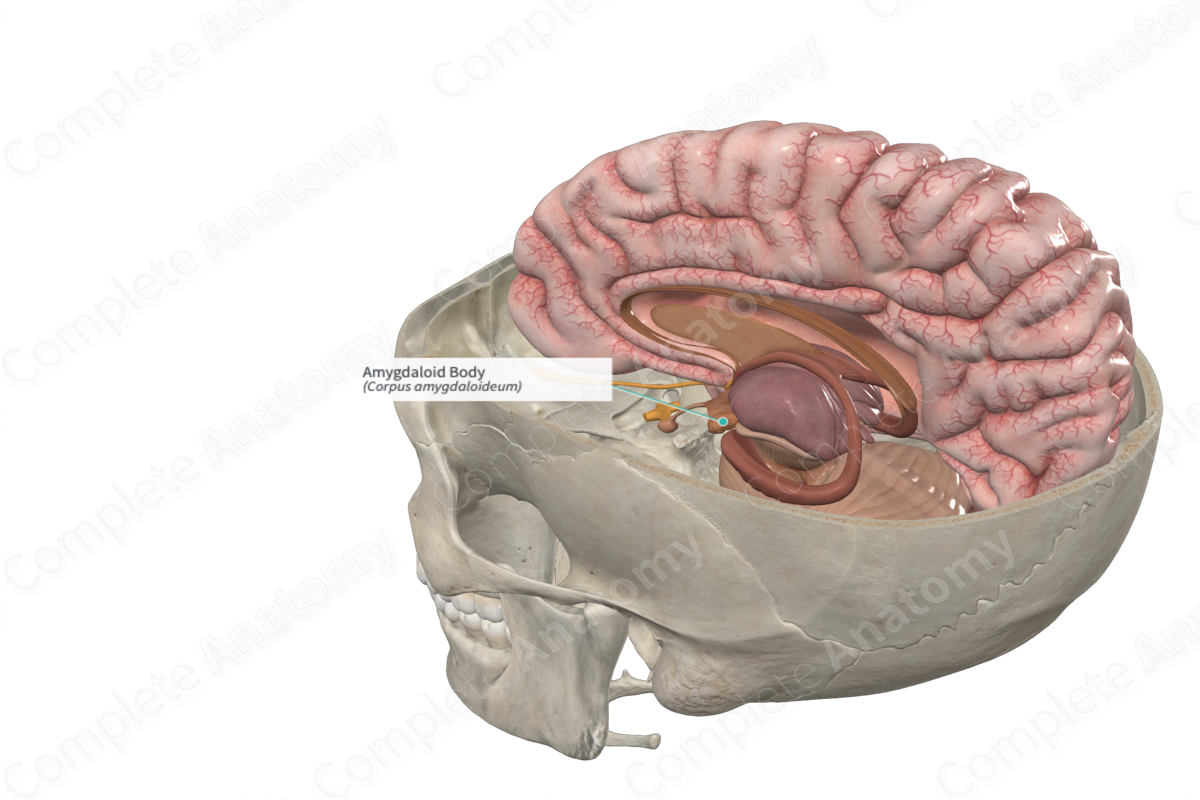
Quick Facts
The amygdaloid body (aka amygdaloid complex, or amygdala) is a nucleus that is located deep in the medial temporal lobe of the cerebral hemisphere. It forms part of the limbic system, and has a major role in the processing and consolidation of the memory of emotional stimuli.
Related parts of the anatomy
Learn more about this topic from other Elsevier products




